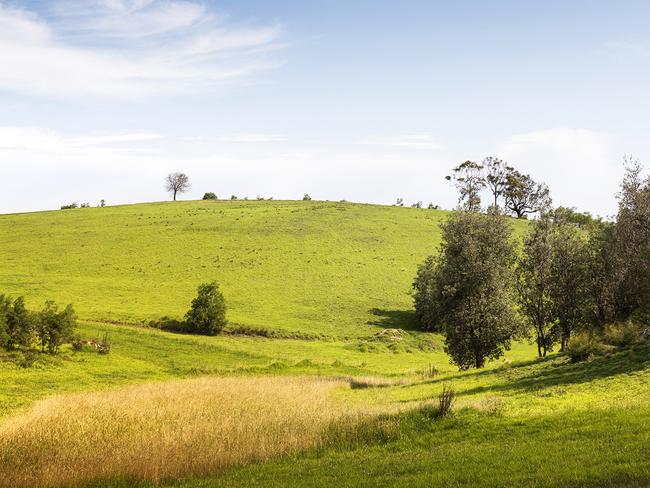Tree change exodus sparks regional housing crunch
Tree and sea changers have left major cities in droves during the pandemic, sparking concerns of a looming housing crisis in regional areas.

Victoria
Don't miss out on the headlines from Victoria. Followed categories will be added to My News.
The regional “renaissance” caused by tree and sea changers departing major Australian cities during the pandemic has sparked concerns about a looming housing crisis.
A new report by federal advisory body Infrastructure Australia shows that the first three months of last year featured “the largest internal migration on record” as work-from-home habits became entrenched and families sought new lifestyles.
According to IA experts the trend is set to stay, leading to economic opportunities for regional centres but increasing challenges to keep up with infrastructure needs.
Their Regional Strengths and Infrastructure Gapsreport, released on Thursday for consultation, provides recommendations for each region to leverage assets as they grow, and found five common challenges that should be addressed.
Housing was the lead issue, with existing residents buffeted by affordability woes and supply constraints hampering the attraction and retention of workers needed to deal with the boom.
Other major issues include:
• Water security to meet industry and agriculture needs as population grows;
• Poor mobile and broadband coverage, magnified by the pandemic;
• Access to education and skills training to attract and retain talent;
• Quality and connected public transport.

In Victoria – which was split into five non-metro areas of Barwon South West, Gippsland, Grampians, Hume and Loddon Mallee – strengths for building on include agriculture, renewable energy, the natural environment and tourism, and education and research.
Each area has gaps to be addressed, with the report to be sent to government, communities, and industry for consultation.
Across the nation “55 per cent of regions identified housing as a gap”, driven by a 200 per cent increase in people moving to regional areas in 2019-20 and “the largest internal migration on record” in the March quarter of 2021.
Chief executive of Infrastructure Australia, Romilly Madew, said a shift to the regions was “accelerated by the pandemic” and compounded pressure on stretched assets and networks.
Infrastructure Australia’s policy chief, Peter Colacino, said some regional areas had dealt with pressures well by improving land release processes and planning approvals, but others struggled.
Housing woes were often double-edged, with existing residents struggling for affordable options and supply problems locking out skilled workers required to keep pace with growth. Pandemic-driven demographic changes were also likely to continue for some time, he said.
“We have seen a fundamental change to the way people are working,” he said.
“What that’s done is put pressure on housing, as well as local infrastructure provision — whether that’s roads or water or schools.
“It’s changed the dynamic of communities.”
The report says that “many people have found new places to not only visit, but to live” and this was causing a major shift in demographics.
“These population shifts bring with them the need to develop new service models, and pressure to deliver infrastructure services on par, or comparable to, the expectations of large cities.”





